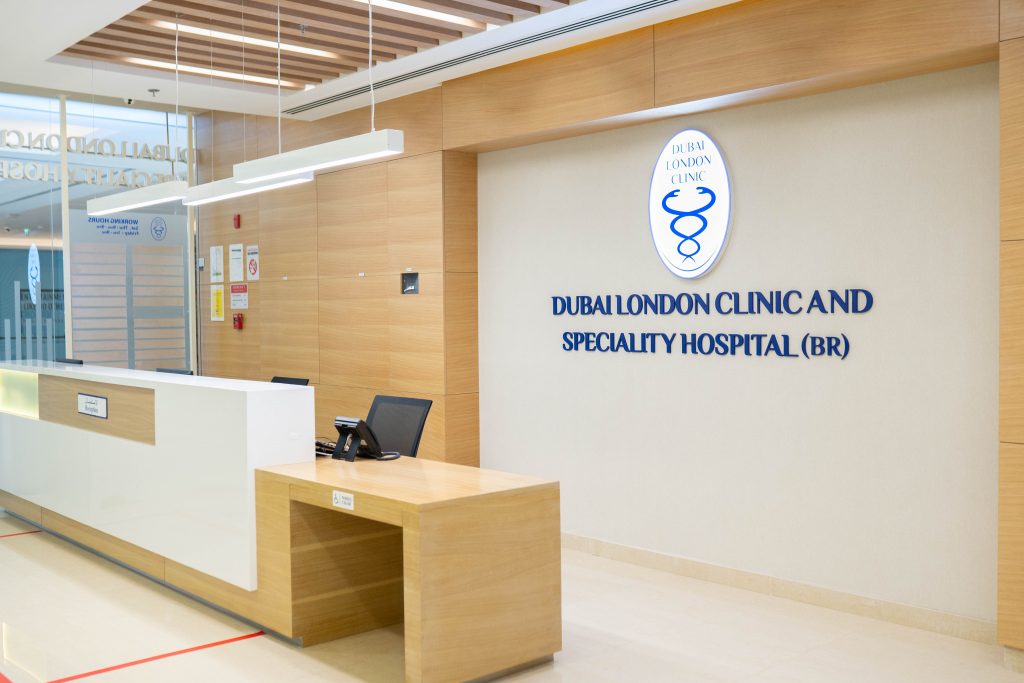In any workplace, prioritizing health and safety is paramount to protect employees, visitors, and the organization itself. Conducting a broad health & safety risk assessment is a fundamental step towards identifying and mitigating hazards. This guide outlines a step-by-step approach to conducting an effective risk assessment in the workplace.
Step 1: Identify hazards
Begin by systematically identifying hazards present in the workplace. This includes physical hazards such as slippery floors, machinery, and electrical hazards, as well as chemical hazards, ergonomic risks, and psychosocial factors. Conduct thorough inspections of the premises, review incident reports, and involve employees in identifying hazards relevant to their work areas.
Step 2: Determine who might be harmed and how
Once hazards are identified, assess who might be at risk and how they could be harmed. Consider the demographics of employees, visitors, and any vulnerable groups such as pregnant workers or individuals with disabilities. Evaluate consequences of exposure to hazards, including injuries, illnesses, and environmental impacts.
Step 3: Evaluate risks and existing controls
Evaluate the level of risk associated with each identified hazard and the effectiveness of existing control measures. Use a risk matrix or similar tool to assess the likelihood and severity of harm. Review current safety procedures, equipment, and protocols to determine if they adequately mitigate risks. Identify gaps or areas where additional controls may be necessary.
Step 4: Implement control measures
Based on the risk assessment findings, implement appropriate control measures to eliminate or minimize identified hazards. This may involve engineering controls such as installing safety guards on machinery, administrative controls such as establishing safe work procedures, or personal protective equipment (PPE) such as safety goggles or hearing protection. Ensure control measures are feasible, practical, and tailored to specific hazards and work activities.
Step 5: Communicate and consult
Effective communication is essential throughout the risk assessment process. Keep employees informed about identified hazards, control measures, and their roles in maintaining safety. Encourage open dialogue and consult with employees, safety representatives, and relevant stakeholders to gather input, address concerns, and foster a culture of safety participation.
Step 6: Monitor and review
Regularly monitor and review the effectiveness of implemented control measures to ensure ongoing safety and compliance. Conduct periodic inspections, audits, and incident investigations to identify new hazards or changes in existing risks. Update risk assessments as needed to reflect any changes in the workplace environment, processes, or regulations.






